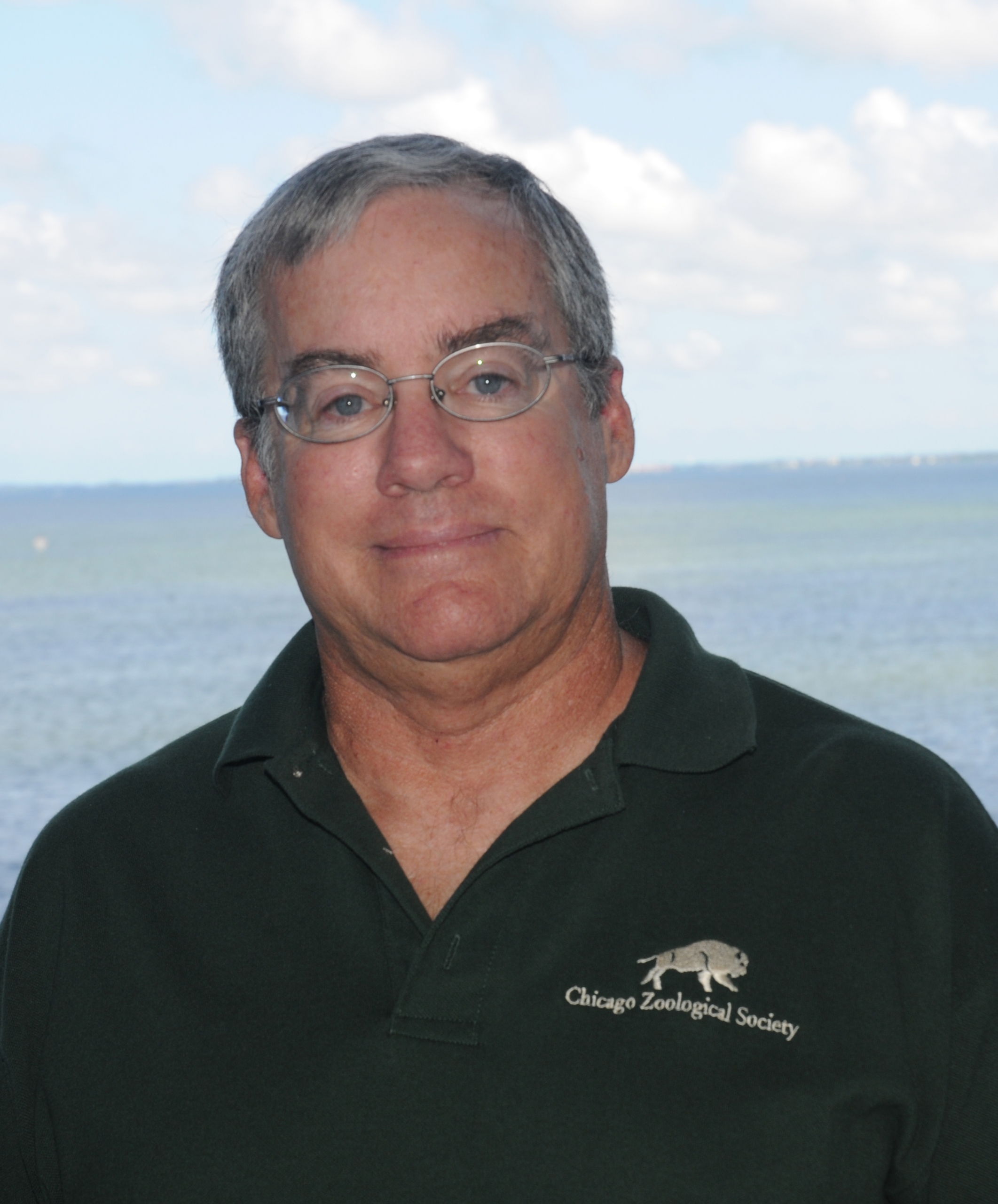A Dozen Years After the Deepwater Horizon Disaster, We’re Still Documenting Impacts to Dolphins
April 2022 marks the anniversary of the Deepwater Horizon (DWH) oil spill in the Gulf of Mexico.  A dozen years after this disastrous event, scientists are still identifying the long-term impacts on the local Barataria Bay dolphin population. The findings are not positive.
A dozen years after this disastrous event, scientists are still identifying the long-term impacts on the local Barataria Bay dolphin population. The findings are not positive.
In the years immediately after the disaster, oil-related injuries contributed to the largest cetacean unusual mortality event recorded in the Gulf of Mexico and, as part of the Natural Resource Damage Assessment, our colleagues developed models predicting the long-term impacts to the overall Barataria Bay dolphin population.
In a new study by a team of researchers including the SDRP, based on subsequent years of health assessment data and a formal expert elicitation process, these predictions have been updated in “Modeling population effects of the Deepwater Horizon oil spill on a long-lived species,” published recently in the journal Conservation Biology. Lori H. Schwacke, with the National Marine Mammal Foundation, was the lead author.
Among the team’s findings:
- Disease conditions persisted and have recently worsened in dolphins that were presumably exposed to DWH oil. 78% of dolphins assessed in 2018 had a guarded, poor, or grave prognosis. Dolphins born after the spill were in better health.
The population declined by an estimated 45% relative to baseline and will take 35 years to recover to 95% of baseline numbers. - Today, the Barataria Bay population is at a minimum point in its recovery trajectory and remains vulnerable to emerging threats — including planned ecosystem restoration efforts involving sediment diversion from the Mississippi River — that are likely to be detrimental to the dolphins’ survival.
- Interestingly, while the Sarasota Bay dolphins we study are nearly 500 miles from their Barataria Bay cousins, they have played a crucial role in helping to develop these population model estimates predicting the changes and impacts caused by the DWH spill. That’s because we have more than 50 years of data — on everything from biology and physiology to population structure, life history, and ecology — about the dolphins in Sarasota Bay, allowing them to serve as a reference population for comparison to other bottlenose dolphin populations.
The new study pointed out that for long-lived species like dolphins, small changes in individual survival can result in big changes for a population. And because there are no proven medical interventions we can implement to address the persistent diseases caused by oil exposure, we must do all we can to prevent additional impacts from things that we can control.
That means we must all continue to work to limit threats that dolphins face in the wild — from other pollutants, from marine debris, from habitat alteration, and from fishing gear, for example — to prevent additional risks to dolphin populations. That’s not just true for the oil-exposed animals in Barataria Bay, it’s important for all dolphins, including the Sarasota Bay dolphins we know best.
Wishing you fair winds, and clean seas.
Randy Wells
P.S. Responding to dolphin entanglements — like our January rescue — and documenting the impacts from  massive disasters like the DWH and Piney Point is part of our dolphin conservation mission. But it takes support to be able to respond at a moment’s notice. If you think this work is important, please consider making a donation to the Sarasota Dolphin Research Program during the 2022 Giving Challenge, which takes place from Noon to Noon April 26-27, 2022. Donations from $25 to $100 will also be eligible for 1-to-1 matching funds, doubling your impact!
massive disasters like the DWH and Piney Point is part of our dolphin conservation mission. But it takes support to be able to respond at a moment’s notice. If you think this work is important, please consider making a donation to the Sarasota Dolphin Research Program during the 2022 Giving Challenge, which takes place from Noon to Noon April 26-27, 2022. Donations from $25 to $100 will also be eligible for 1-to-1 matching funds, doubling your impact!
Publication Citation & Link
Schwacke, L. H., Marques, T. A., Thomas, L., Booth, C. G., Balmer, B. C., Barratclough, A., Colegrove, K., De Guise, S., Garrison, L. P., Gomez, F. M., Morey, J. S., Mullin, K. D., Quigley, B. M., Rosel, P. E., Rowles, T. K., Takeshita, R., Townsend, F. I., Speakman, T. R., Wells, R. S., …, & Smith, C. R. (2022). Modeling population effects of the Deepwater Horizon oil spill on a long-lived species. Conservation Biology, e13878. (2021) Link




